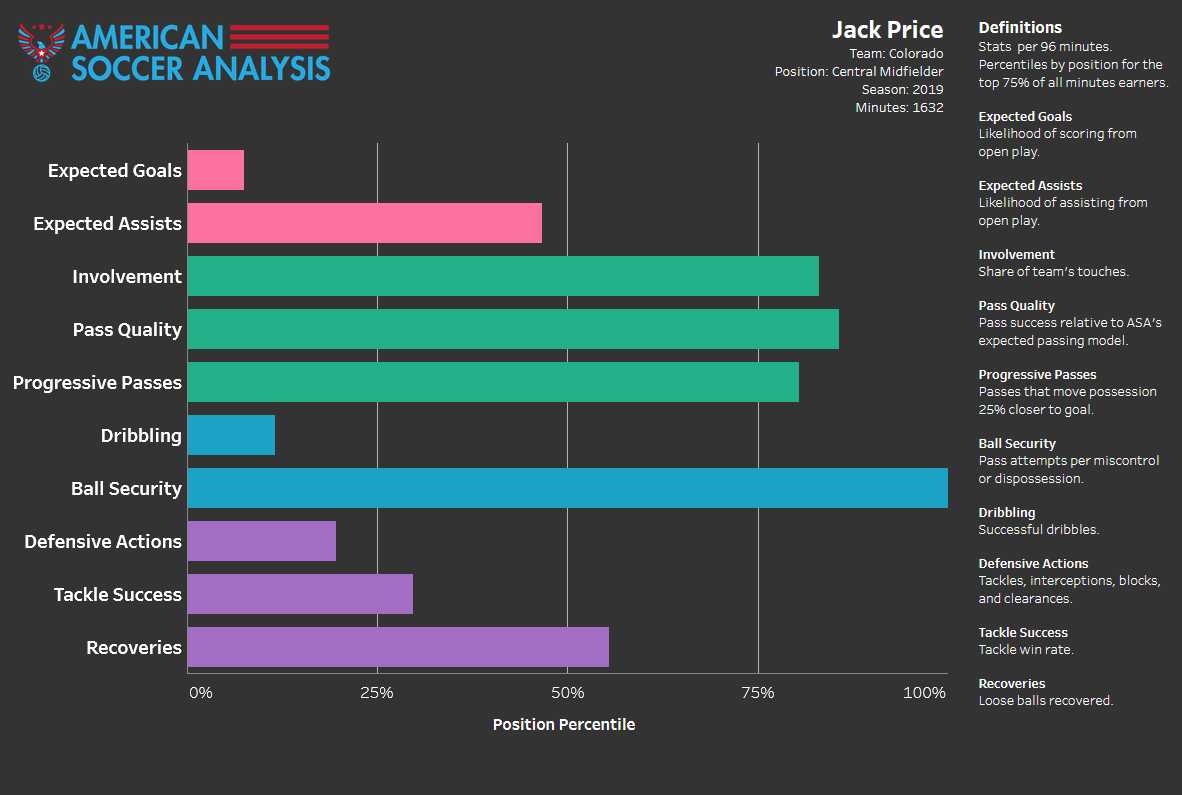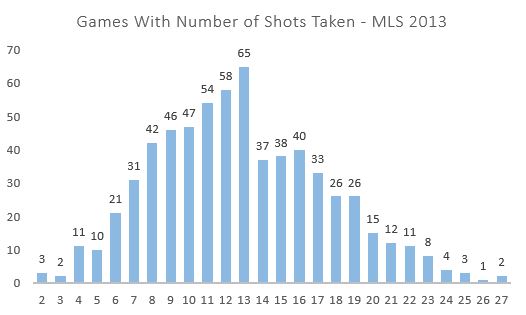I promised this year, at various times, to offer some thoughts about how Possession with Purpose can be used to support analysis on how well Head Coaches might be performing compared to others.
As a reminder from last year; five of the bottom six teams in my PWP Composite Index had coaching changes, Columbus, Chicago, San Jose, Toronto, Chivas USA, and then after an early exit from the Playoffs; Montreal. Other teams making changes included Vancouver, Colorado and FC Dallas and the depature of Kreis for NYCFC. All told, a total of 10 teams made changes in Head Coaches for one reason or another.
Will this year have similar results, and if so, who? I don't claim to prognosticate coaching changes and the firing of Head Coaches, but changes happen, and last year's information, relative to the bottom six teams in my Composite PWP Index, is pretty compelling at first glance.
So after reading an article offered up by Jason Davis at ESPNFC "Three MLS coaches on the hot seat," plus releasing my article earlier this week on Crosses offered in MLS, I figured the timing was pretty good for my first installment.
Here's some of my initial information for consideration on "system of attack":
- For home games Frank Klopas, Mark Watson and Frank Yallop-led teams are the top three in MLS that offer up more crosses per pass attempted in the final third.
- For away games Klopas, Watson, Yallop and Wilmer Cabrera-led teams are the top four teams in MLS that offer up more crosses per pass attempted in the final third.
- The relationship of taking points, at home, in the MLS is (-.70) for teams that cross the ball more frequently than others. In other words, the teams who cross the ball the most are more likely to lose points (at home) than teams that don't.
- The same relationship of taking points in away games holds as well (less at -.37). but still the same logic - the more crosses a team offers in away games the more likely they are to drop points.
- Bottom line is these four teams are less likely to win at home or on the road given their current system of attack in the Final Third.
In other words, these teams led by these head coaches use a system of attack that simply doesn't get positive results on a regular basis in MLS; or... these teams, led by these head coaches and general managers don't have the right players to execute that system of attack in MLS.
So how does Sporting KC do it? They are a team that offers up the 7th-most crosses at home and the 5th most crosses on the road, yet they are winning using that system of attack.
Why? I think it's because their GM and head coach, collectively, are getting the right players to play to that system of attack.
So how about overall Team Attacking and Defending performance (Team Positions in my Composite PWP Index) after nine weeks in: (1) Possession, (2) Passing Accuracy, (3) Penetration into the Final Third, (4) Creating and Taking Shots, (5) Putting Shots on Goal, and (6) Scoring Goals?
After Week nine, four of the five worst performing teams in MLS, in these categories are:
- Chivas USA (19th out of 19),
- Montreal Impact (18th out of 19),
- Chicago Fire (17th out of 19), and
- San Jose Earthquakes (15th out of 19).
In case you missed it in an earlier article on Expected Wins - the correlation of those data points as a whole is .99 (R-squared); the closer to "1" the better and stronger the relationship.
In other words that means that the relationship of those data points is pretty much rock solid, and that it's a worthy indicator (outside of points in the league table) for objectively evaluating team (attacking and defending) performance.
So while Jason Davis indicates John Hackworth and Caleb Porter as being potential candidates for hot seat discussions, actual evidence available indicates those names don't belong there. Indeed, there are other teams performing, as a whole, much worse than Philadelphia or Portland.
Three teams performing worse at this time include Chivas USA, Houston and Toronto, while Vancouver is behind the power curve compared to Philadelphia and slightly ahead of Portland. By the way, this is not to say John Hackworth might not belong in a list a bit later this year - but for now I think it is highly speculative to even put in print that he's a potential hot seat candidate.
And with respect to Caleb Porter - it does seem, at times, that writers outside of the Portland area speculate and use the Timbers large supporter base to artificially increase readership in some of their articles... just saying. As a writer covering the Timbers here in Portland, reading the idea that Caleb Porter is on some sort of hot seat is (softly voiced) bollocks. But that's just me...
In closing:
Given the evidence offered, does it seem reasonable that those four Head Coaches and their associated GM's are worthy of a "Hot Seat" distinction? I think so...
Winning styles come in all shapes and sizes - the critical piece is having the right players to support that effort, and the time to install the system. Klopas, Cabrera, Yallop and Watson all know more about football than I do.
And it's not my place, nor is it the place of any soccer writer (in my opinion) to pass judgment on whether or not someone should get fired or hired.
But... objective evidence indicates that those four teams, compared to others, lack an effective attacking system of play, lack strong overall team performance in attacking and defending while also lacking the most important measuring stick - points in the league table.
I'm sure this is not new, nor rocket science, to those head coaches, general managers, or owners... but... (perhaps?) it is helpful to others.
Best, Chris
You can find Chris on twitter @ChrisGluckPWP














